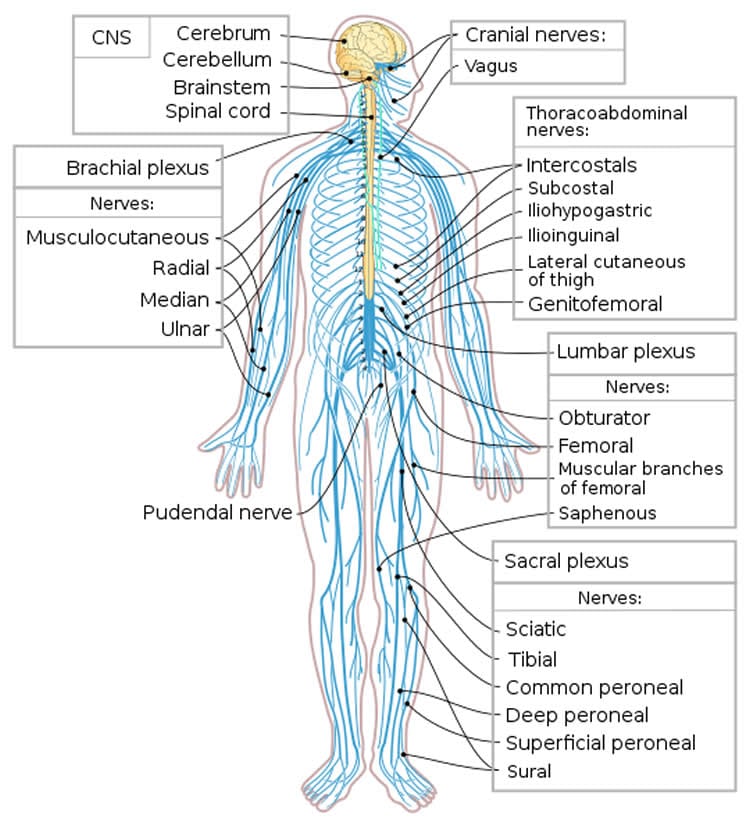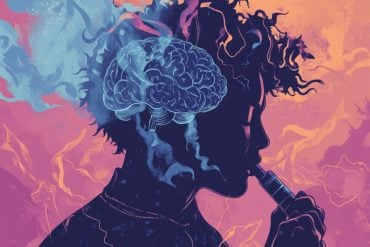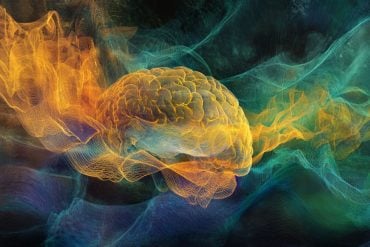Summary: A Cell Reports study identifies molecules that allow Schwann cells to help regenerate nerves.
Source: University of Edinburgh.
Genetic processes that allow cells to transform so they can mend damaged nerves have been identified by scientists.
Their insights on tissue repair could advance the search for drug therapies to improve regeneration after injury, experts say.
Researchers focused on injury to cells in the peripheral nervous system (PNS) – the crucial network of nerves outside the brain and spinal cord.
The study could inform new treatments for a set of conditions known as peripheral neuropathies, which are caused by damage to the cells in the PNS and can lead to extreme sensitivity to touch as well as numbness and muscle weakness.
Scientists identified molecules that potentially allow nerve-supporting cells – known as Schwann cells – to transform into a specialised version that enable them to help nerves regenerate.
As well as identifying vital genes that orchestrate this transformation, the scientists discovered molecular markers that flag these Schwann cells as specialist repairers.
Genes identified by the research team – led by the Universities of Edinburgh, Cambridge and University College London – were also found to be similar to those seen in tumour formation, which could shed light on cell growth in cancers.
Peripheral neuropathy affects around one in 10 people in the UK aged over 55 and can have a severe impact on quality of life, leaving some people paralysed.

Prof Timothy Aitman, Director of the University of Edinburgh’s Centre for Genomic and Experimental Medicine, who co-led the study, said: “Our findings give us insight into how cells in the body adapts to injury. This knowledge will help identify drug targets for much-needed therapies to help patients with peripheral neuropathy and traumatic nerve injuries.”
Dr Peter Arthur-Farraj, Wellcome Trust Clinical Fellow at the University of Cambridge, who co-led the study, said: “We have shown that a number of genes expressed by repair Schwann cells are similar to genes involved in the processes that lead to a number of cancers. This suggests that molecular mechanisms that have evolved to promote tissue repair are closely related to those involved in tumour formation, which could help us understand cancers.”
Funding: The study was published in the journal Cell Reports and was carried out in collaboration with Imperial College London. It was funded by the Medical Research Council and the Wellcome Trust.
Source: Kate McAllister – University of Edinburgh
Image Source: NeuroscienceNews.com image is credited to William Crochot and is licensed CC BY SA 4.0.
Original Research: Full open access research for “Changes in the Coding and Non-coding Transcriptome and DNA Methylome that Define the Schwann Cell Repair Phenotype after Nerve Injury” by Peter J. Arthur-Farraj, Claire C. Morgan, Martyna Adamowicz, Jose A. Gomez-Sanchez, Shaline V. Fazal, Anthony Beucher, Bonnie Razzaghi, Rhona Mirsky, Kristjan R. Jessen, and Timothy J. Aitman in Cell Reports. Published online Sepember 12 2017 doi:10.1016/j.celrep.2017.08.064
[cbtabs][cbtab title=”MLA”]University of Edinburgh “Nerve Study Shows How Cells Adapt to Help Repair Damage.” NeuroscienceNews. NeuroscienceNews, 7 October 2017.
<https://neurosciencenews.com/adaption-damage-repair-7685/>.[/cbtab][cbtab title=”APA”]University of Edinburgh (2017, October 7). Nerve Study Shows How Cells Adapt to Help Repair Damage. NeuroscienceNews. Retrieved October 7, 2017 from https://neurosciencenews.com/adaption-damage-repair-7685/[/cbtab][cbtab title=”Chicago”]University of Edinburgh “Nerve Study Shows How Cells Adapt to Help Repair Damage.” https://neurosciencenews.com/adaption-damage-repair-7685/ (accessed October 7, 2017).[/cbtab][/cbtabs]
Abstract
Changes in the Coding and Non-coding Transcriptome and DNA Methylome that Define the Schwann Cell Repair Phenotype after Nerve Injury
Highlights
•Epithelial-mesenchymal genes are enriched in the injured nerve
•Identification of differentially expressed lncRNAs following nerve injury
•c-Jun regulates specific microRNA expression after nerve injury
•Limited changes in CpG methylation following nerve injury
Summary
Repair Schwann cells play a critical role in orchestrating nerve repair after injury, but the cellular and molecular processes that generate them are poorly understood. Here, we perform a combined whole-genome, coding and non-coding RNA and CpG methylation study following nerve injury. We show that genes involved in the epithelial-mesenchymal transition are enriched in repair cells, and we identify several long non-coding RNAs in Schwann cells. We demonstrate that the AP-1 transcription factor C-JUN regulates the expression of certain micro RNAs in repair Schwann cells, in particular miR-21 and miR-34. Surprisingly, unlike during development, changes in CpG methylation are limited in injury, restricted to specific locations, such as enhancer regions of Schwann cell-specific genes (e.g., Nedd4l), and close to local enrichment of AP-1 motifs. These genetic and epigenomic changes broaden our mechanistic understanding of the formation of repair Schwann cell during peripheral nervous system tissue repair.
“Changes in the Coding and Non-coding Transcriptome and DNA Methylome that Define the Schwann Cell Repair Phenotype after Nerve Injury” by Peter J. Arthur-Farraj, Claire C. Morgan, Martyna Adamowicz, Jose A. Gomez-Sanchez, Shaline V. Fazal, Anthony Beucher, Bonnie Razzaghi, Rhona Mirsky, Kristjan R. Jessen, and Timothy J. Aitman in Cell Reports. Published online Sepember 12 2017 doi:10.1016/j.celrep.2017.08.064







